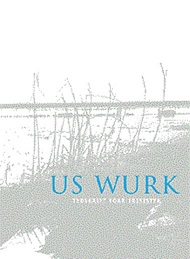North Frisian dialects: A quantitative investigation using a parallel corpus of translations
DOI:
https://doi.org/10.21827/5c98880d173a4Abstract
North Frisian is well-known for its small-scale variation and the traditional classification found in Århammar (1968) assumes as many as ten dialect groups within a small area. Until this day, however, a dialect classification based on quantitative methods is lacking and the criteria for the traditional classification are also far from clear. In order to address this problem, the paper uses parallel text material (the questionnaires from Georg Wenker's “Sprachatlas des Deutschen Reichs”) and character n-grams (trigrams). Applying cosine distance to the trigram inventories of 55 North Frisian questionnaires, the paper employs several dimension reduction techniques, e. g. multidimensional scaling, Neighbor-Net and hierarchical cluster analysis and compares the results with the traditional classification. While the latter can be confirmed to a large extent, the distinctions within Southern Mainland North Frisian seem to be less clear. Using an association measure (log-likelihood), prominent features are extracted for the six main dialect groups that emerge on basis of the aggregated data. Finally, the paper discusses the quality of the North Frisian Wenker questionnaires in the light of these findings.

